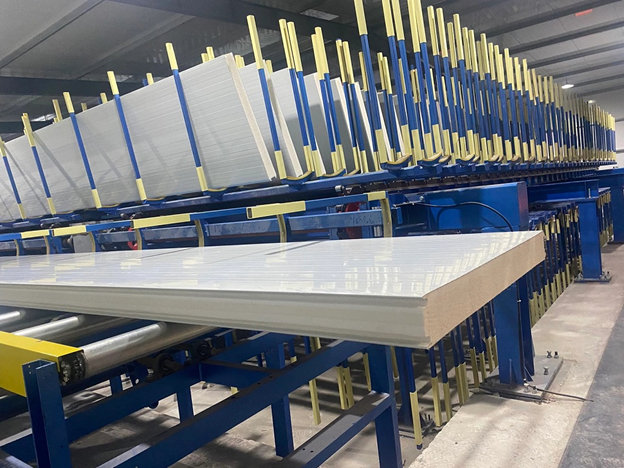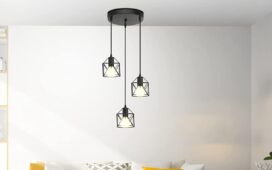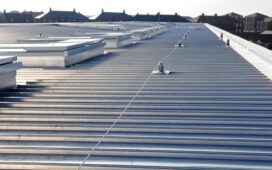In an age of rising energy costs and growing environmental awareness, improving the energy efficiency of our homes has become more important than ever. One often-overlooked solution with significant potential is the use of cold room panels, commonly used in industrial refrigeration and storage settings.
These panels, also known as insulated sandwich panels, can play a vital role in enhancing home energy efficiency when used strategically.
What Are Cold Room Panels?
Cold room panels are prefabricated insulation panels made of a core insulating material—typically polyurethane (PU), polyisocyanurate (PIR), or expanded polystyrene (EPS)—sandwiched between two outer metal sheets. Designed to provide thermal insulation, they are primarily used in walk-in coolers and freezers in commercial settings, but they’re increasingly finding applications in residential spaces.

How Cold Room Panels Enhance Energy Efficiency
1. Superior Thermal Insulation
The core benefit of cold room panels lies in their high thermal resistance (R-value). These panels effectively prevent heat transfer, meaning indoor temperatures remain more stable. During hot summers or cold winters, homes require less energy to maintain comfortable temperatures, leading to lower utility bills.
2. Reduced Heating and Cooling Loads
Because of their excellent insulating properties, cold room panels minimize the burden on HVAC systems. Whether used to insulate walls, attics, garages, or even DIY home cold storage rooms, these panels reduce the amount of heating or cooling required—resulting in both energy savings and a longer lifespan for HVAC equipment.
3. Moisture and Air Leakage Control
Air leaks and moisture penetration are two major causes of energy inefficiency in homes. Cold room panels are designed to be airtight and moisture-resistant, preventing warm or cold air from escaping and reducing the chances of mold or mildew development. This leads to improved indoor air quality and consistent temperature control.
4. Durability and Long-Term Efficiency
Unlike traditional insulation materials that degrade over time, cold room panels maintain their insulating performance for decades. This durability ensures sustained energy savings, making them a cost-effective long-term investment.
5. Quick and Easy Installation
Cold room panels are lightweight and prefabricated, allowing for quick installation with minimal structural modifications. This makes them ideal for home renovation projects aimed at boosting energy efficiency without major construction work.
Residential Applications of Cold Room Panels
While primarily industrial, cold room panels can be adapted to various residential uses:
- Garage insulation: Keep your garage warm in winter and cool in summer.
- Attic or basement retrofitting: Improve insulation in commonly neglected areas.
- Outdoor structures: Insulate sheds, workshops, or greenhouses.
- Walk-in pantries or home freezers: Build custom cold rooms at home.
- Wall and ceiling retrofits: Add panels behind drywall for enhanced thermal performance.
Final Thoughts
Incorporating cold room panels into home design or renovation plans can be a smart, energy-conscious decision.
Their superior insulation, airtight design, ease of installation, and durability make them ideal for modern, energy-conscious homeowners.
Whether building new or retrofitting existing structures, integrating cold room panels can be a smart step toward a more comfortable, sustainable, and cost-effective living space.






